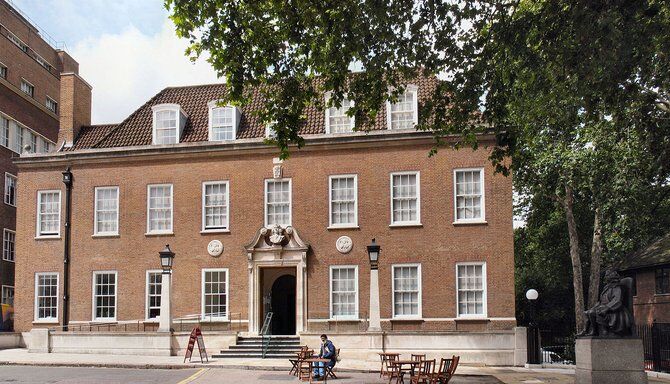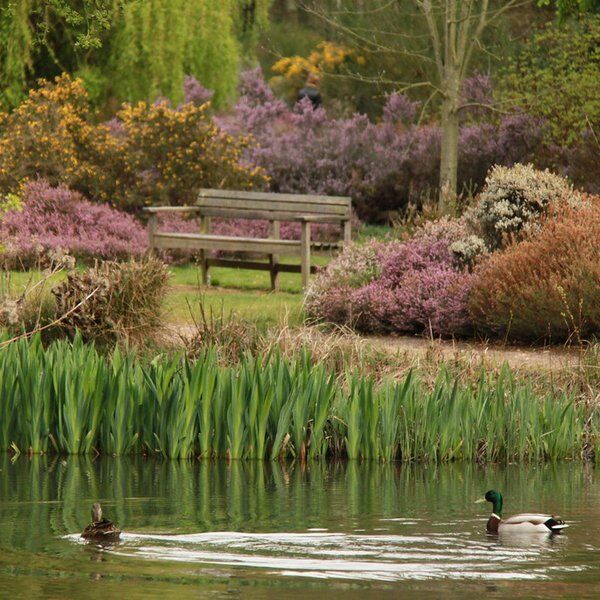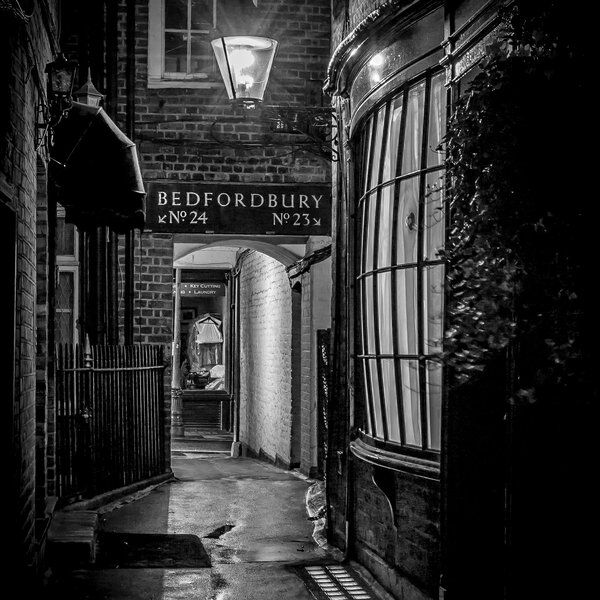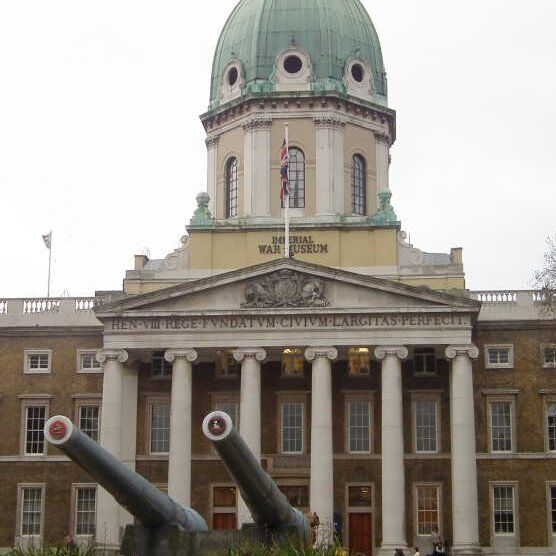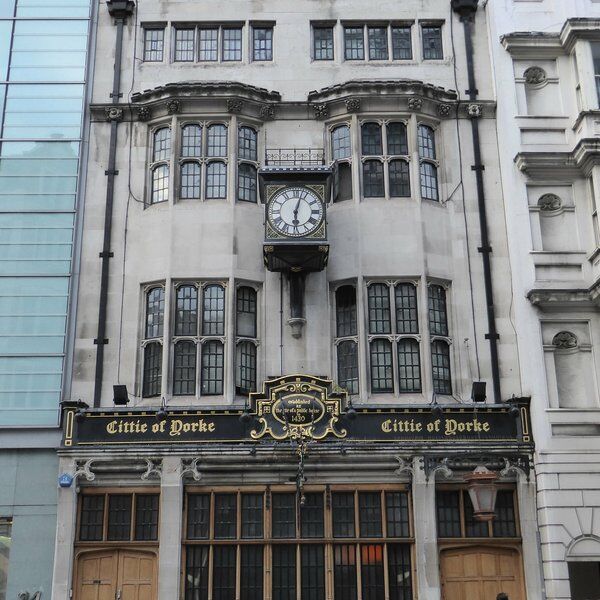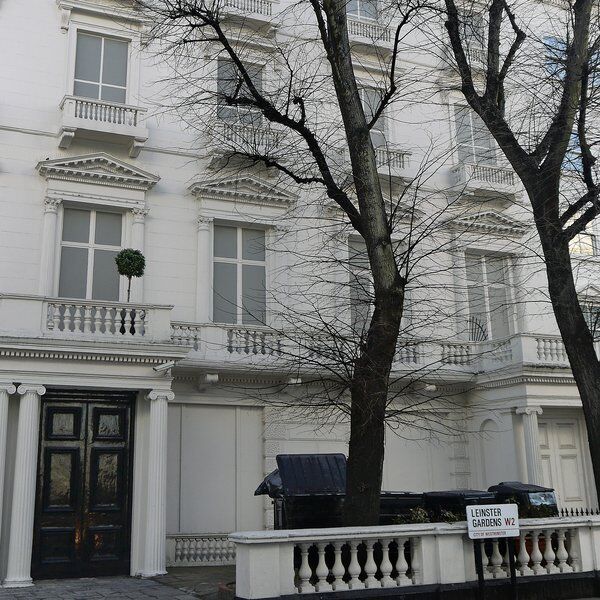In the 18th Century, when the Foundling Hospital was founded, it wasn't uncommon for children to be left abandoned on London's streets. In fact, gangs of orphans and runaway children were so prevalent in London's poorer neighbourhoods that they'd earned themselves a collective noun: Blackguards.
These groups of abandoned children had little choice but to sustain themselves through pickpocketry and crime.
And why there were so many of them is no great mystery.
Inequality was endemic in Victorian England, contraception was non-existent, women were treated like second class citizens and to have a child out of wedlock was a sin.
If a single woman fell pregnant then they would likely be left to fend for themselves in a world that didn't care.
Single Mothers In The 18th-19th Centuries
Few employers would hire single mothers. This was partly because their child would distract them from their work, and partly because of shame.
And, even if they could somehow find a job, 18th Century women were only paid half the wage of men, barely enough to sustain one person, let alone two.
Through no fault of their own, single mothers often ended up poor, hungry and exhausted, left with no choice but the workhouse. These were more like prisons than workplaces, infamous for bad conditions, child labour, long hours, malnutition, beatings and neglect.
Many women would die in them, children too. It is hard to imagine being faced with the decision of either giving up your baby or entering into such a place. Either way, your child might well end up an orphan.
The Foundling Hosptal Is Founded
In 1735, shocked and moved by the huge number of abandoned children roaming London streets, sea captain Thomas Coram petitioned King George II, demanding that he do something about it.
The petition was successful. In 1737, the King granted Thomas a Royal Charter and, four years later, his new hospital had admitted its first foundlings.
The Tokens Of The Foundling Museum
During the hospital's earlier years, very few questions were asked of the mothers that left behind their children, but a note was made of any particular mark or 'token' that the children bore, so that they might later be identified should their mother return collect them.
These tokens can be seen today amongst the exhibitions at the Foundling Museum. However, they only date up until 1758, the hospital staff having then decided it would be better to issue the mothers with receipts.
By this point, the hospital had found a new home.
The Foundling Hospital On The Move
The original site having only been temporary, the hospital was moved to Bloomsbury. This was the first of several relocations, which eventually saw it move to Hertfordshire.
The Foundling Hospital Is Replaced By The Foundling Museum
The site remained a hospital until the 1950s, when Britain moved away from the institutionalisation of children in favour of other systems, such as adoption and foster care.
At this point it became a centre for supporting abandoned children and helping them find new homes.
Years later, in 1998, the Foundation that still runs the centre today, set up the Foundling Museum at 40 Brunswick Square to commemorate the old hospital.
One More Thing...
One of the hospital's most well-known benefactors was the composer George Frederic Handel. He even composed a piece in its honour: 'Foundling Hospital Anthem'.
The Foundling museum also features the Gerald Coke Handel Collection, a collection dedicated to him and his peers.
Find out more about Handel and his relationship to London, his adopted home, in our post on Handel and Hendrix in London.
Interested in finding more places like this? Try one of our Treasure Hunts in London - untangle cryptic clues as a team, as you are taken on a journey to the most unique, unusual and bizarre corners of London.
